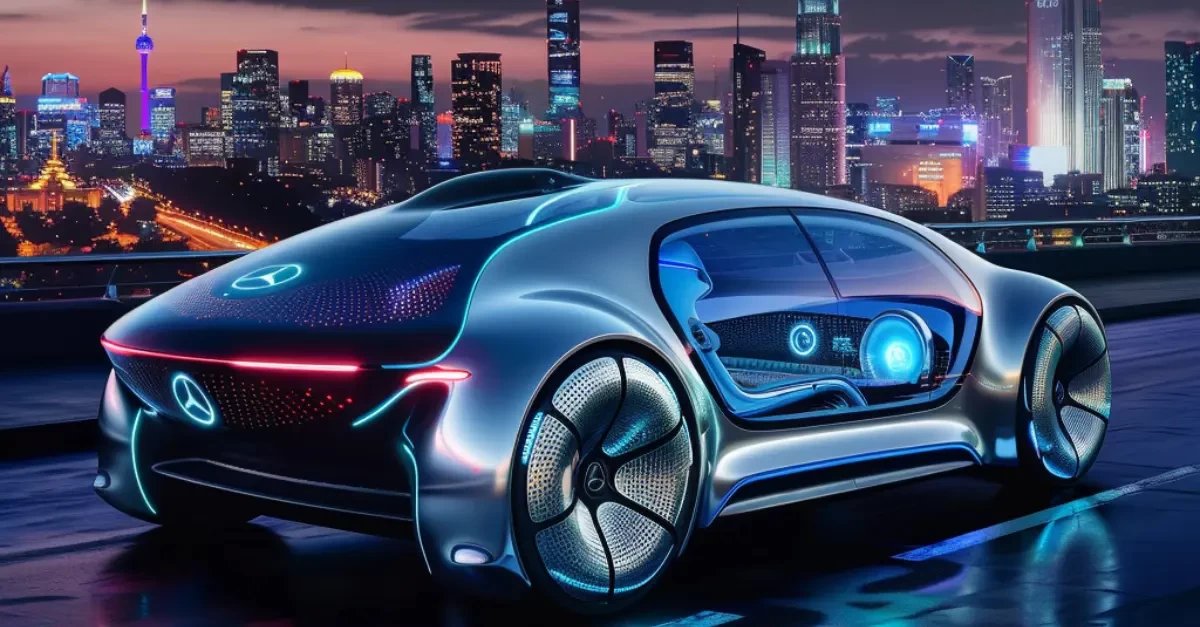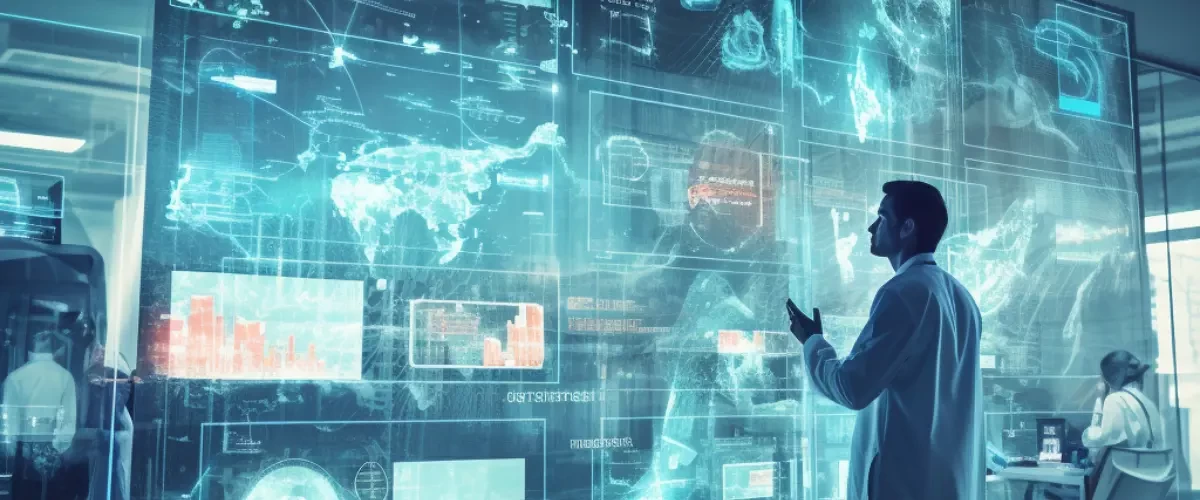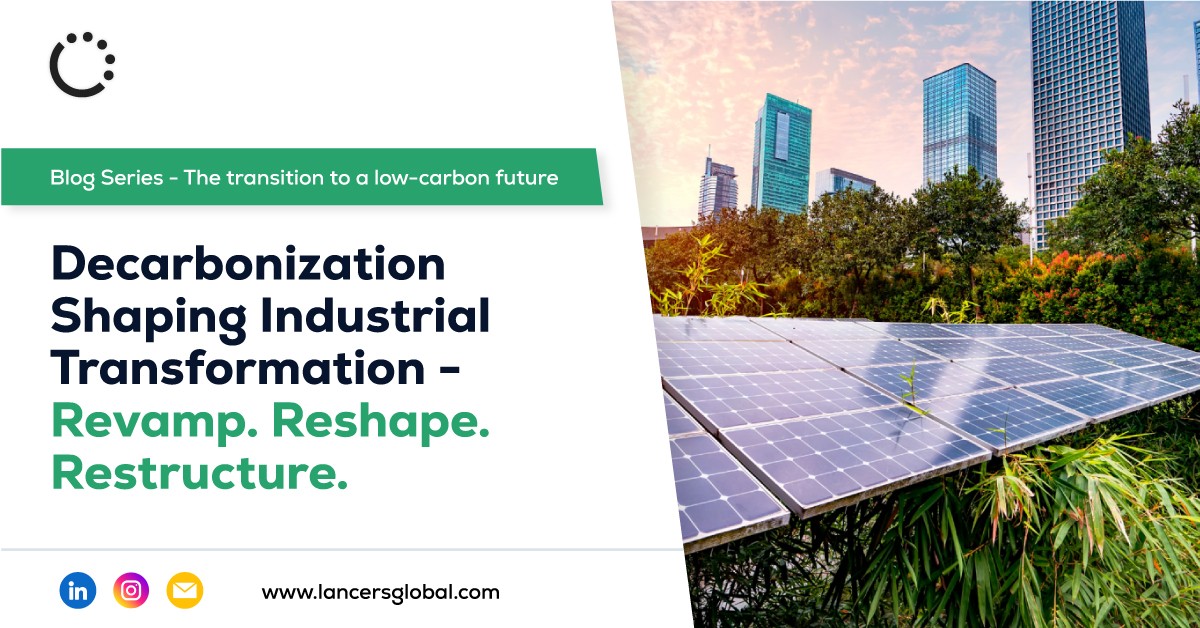Decarbonization Shaping Industrial Transformation - Revamp. Reshape. Restructure
Extraction and processing of raw materials were stable in the early stone age since the time being human actions started getting worse day after day. The exploitation of natural resources due to the rise in population and economic growth emerged on an industrial scale after the 19th century.
During the 20th century, energy consumption rapidly increased. Today, the planet's natural resources extracted for human use have tripled. About 80% of the world's energy consumption is powered by burning fossil fuels, including oil, coal, and natural gas.
We're gobbling up the Earth's resources at an unsustainable rate to better livelihood, but it is reversed and has taken a turn as Karma. The world is facing drastic climate change. Increasing heatwaves on Earth have harmful impacts on people's well-being - resulting in a rapid increase in greenhouse gas emissions in the atmosphere.
Another shocking fact is that today the world has emitted over 1.5 trillion tonnes of CO2, which is 150 times higher than in 1850. The same CO2 is causing an overall increase in global temperature of about 1.5C.
How did we arrive at such an unprecedented and precarious state? Over the century, we followed industrialization in economies and the countries which have added most to the CO2 in our atmosphere – contributing most to the problem today.
Major economies and their carbon emission
At the beginning of the period - 1750 - the United States was the top emitter of CO₂ at around 400 billion tonnes, with emissions of nearly six times which is twice more than the second-highest emitter, China. Trajectories to increase emissions over time were followed by the United Kingdom, India, Germany, Japan, and 28 countries of the European Union.
However, the countries with the highest emissions in the past are doing the most to reduce emissions today. But the amplification of temperature fluctuations will occur. The markdowns here will have a relatively small impact on emissions at the global level – or at least fall far short of the scale of change we need.
Appendix: A snapshot of industrial emissions
Moreover, if you will take a look at GHG emissions sector-by-sector, in that case, the overall picture you will understand from the infographic mentioned above is that the energy sector, heat, and electricity generation are responsible for a whopping 31% of worldwide greenhouse gas emissions. And the remaining industry, including energy production industries, followed by mobility, food, industrial, manufacturing (steel, cement, and chemical), and industrial waste, are accountable.
Spurred on by the climate crisis, industrialization is moving quickly toward decarbonization. Industrial decarbonization is now a strategic imperative, and industries are rapidly reducing carbon dioxide emissions into the atmosphere by avoiding carbon emission-based industrial applications.
The world has begun paddling its boat quickly to reach a low-carbon future. The move towards "net zero" – emitting no more greenhouse gasses previously neglected by economies is now unfolding with an urgency.
Climate change concerns are addressed intensively every year between governments and business leaders. Targets are set, and all the industries, including energy, transport, consumer products, and 195 nations, have publicly agreed to restrict the temperature rise to less than 2C, or preferably 1.5C, to accelerate decarbonization and achieve meaningful energy targetstargets by 2050.
Figure: Meaningful energy targets by 2050
Decarbonization of industrial processes, including electrification and green biotechnology, are replacing fossil fuels or carbon emission-based industrial applications and at the same time helping industries to conveniently produce energy-rich and environmentally friendly products resulting in an overall reduction of technological cost putting industries in the vanguard of decarbonization efforts.
While their long-term vision is clear, many industries are unaware of the upcoming material impacts that their stated goals will have over the next few years.
Now the question is how executives at enterprises and organizations will drive their objectives and lead towards decarbonization at the same time? Revamping system transformation, reshaping network operations, and restructuring workforce transition can unlock a successful shift to a low-carbon future.
System Transformation
CO2 emissions from industrial processes and environmental impacts have made industries face a series of complexities, including the quick adoption of new technologies, resonant evolutions in operating procedures, and the transformation of business models while enforcing them to embrace a more holistic system of systems approach.
Industrial processes are highly integrated, production facilities have long lifetimes, typically exceeding 50 years, and changing existing sites requires costly rebuilds or retrofits.
Decarbonization planning on a system-wide level, as technologies, customer needs, and policies continually evolve, will take some time. Industries will have to enter into entirely new sets of players and work concurrently in novel ways, which is one of the ways to decarbonize industries.
Solving these challenges requires a system-of-systems approach, and an extraordinary level of collaboration is a key transition catalyst for the net-zero pathways. Coordination across emerging systems, including leaders from both the public and private sectors, is needed urgently.
To push decarbonization and shift toward a low-carbon economy will demand a significant capital infusion by industry leaders, as high electrification rates will decline gas consumption, and more moderate electrification will transit to zero-carbon renewable energy sources such as wind and solar hydropower, geothermal, and biomass.
Also, significant capital infusions should likely go toward advancing, navigating, and deploying newborn solutions, such as carbon direct air capture.
Industries own deep energy-systems expertise and operate infrastructure, and such a system, if implemented, could provide a mix of biofuels and hydrogen to meet the current gas demand of the customers the gas utilities already serve.
It can also supply new sources of demand such as aviation and shipping; transport carbon to and direct carbon capture, utilization, and additional storage (CCUS) technologies are various ways to reduce CO2 emissions. The intelligent grid could also support the widespread electrification of industries, ultimately helping to build the pathways for reducing industrial CO2 emissions.
Developing a farsighted sustainability road map and mitigation targets plan is needed for different business trajectories amid the uncertainty while keeping the immediate needs of society & customers and direct engagement with shareholders top of mind.
Taking stock of the current emissions footprint, setting mitigation targets, and then developing a plan to achieve sustainability will help accelerate progress toward net-zero emissions and tackle our toughest climate challenges.
Deploying smart logistics, investments in innovative technologies, shifting production to electric and green hydrogen powertrains, including retooling manufacturing facilities, knowledge-base expansion— efforts to educate customers on the broader energy-system transition, and reconfiguring supply chains will support an affordable and more robust, resilient, and intelligent net-zero carbon emission system.
The system transformation approach in industries should not be seen as a ground to delay action. Reducing emissions from sectors is extremely important and, if continued, will cause significant damage to the earth and all of its inhabitants.
Network Transformation
A significant new burden on the system and epochs of higher local peak demand will exhaust surplus network capacity and create more enormous challenges in balancing demand and supply of transport and other electricity distribution networks.
The shift from changing networks to changing system operations has already begun. New and innovative ways of managing the network—such as flexible and managed customer connections—and the rise of smart grids are needed to decarbonize electricity distribution networks, which comes at a high cost.
Technology-enabled innovation and consumer appetite will see increasing volumes of EVs and DER down the line, and this electrification of transport and other energy-heavy sectors will accelerate decarbonization.
Increasing penetration of renewable energy sources, electrification of heat and transport, energy efficiency schemes, local energy markets, and greener gas puts tremendous pressure on networks. As decarbonization progresses, energy production industries will therefore need to adapt electricity networks and, at the same time, steer through the uncertainty of when many technologies are expected to connect and will come online.
To achieve transformation at the industrial level, networks will need to adapt, and a revolution in how networks are managed and used is required. Distribution network operators (DNO) need to switch to an agile and adaptable distribution system operation (DSO).
If electricity distribution network operators develop functions and services that allow a joint DSO transition roadmap, it is possible to run an intelligent electricity distribution system globally efficiently.
Decarbonization of electricity networks by 2050 must begin with a change in the roles and responsibilities of the electricity distribution system operators. The energy transition will be unaffordable and unsustainable without them and adaptive regulation. And the decarbonization target will be next to impossible to achieve.
Workforce Transformation
Refuel industries with electricity, hydrogen, and other decarbonized fuels hinge on a significant workforce transformation as the roles in power sectors line workers, engineers, power plant operators, and technicians who always prefer pen and paper in favor of a tablet. Significant retraining and reskilling programs are required to grow the renewables workforce or deploy new talent pools to achieve economy-wide decarbonization.
The 2035 job estimate in the decarbonization scenario reflects a 3x growth in potential jobs, yielding over 8 million jobs creation. Industries, especially the core power sector, have been rearchitecting work to unleash a digital power company workforce because an accelerated decarbonization timeline will sooner accomplish the digital nature of many jobs and demand data management & analysis skills.
The more all-around power sectors have to capture these jobs, including firms engaged in building construction, operations, maintenance (O&M), turbine, and other manufacturing generation equipment. The wholesale parts distribution for electric generating technologies and utility-related energy efficiency, and electric vehicle (EV) charging infrastructure should act now to tap into new talent pools.
However, the wages may not be competitive with those offered in the tech sector for digital skills. Still, they are higher than those associated with decarbonization in the broader industrial sector. Decarbonized manufacturing job growth could help compensate for the losses, provide access to improved employment outcomes, and better skills and wages match.
Power companies should rebrand, retrain the existing talent, and recruit from new talent pools to achieve economy-wide decarbonization, providing a transition for workers across the energy industry.
To Conclude
Five years from now, the system of all the industries will look and behave differently. As decarbonization progresses, industries will need to adapt and continue to shift from the current mode of operation to an even more robust, resilient, and intelligent model.
The technology sector has a critical role in rapidly developing and deploying open-source solutions to achieve net-zero emissions goals. Industries have to adopt digital infrastructure and solutions to enable a decarbonized economy, whether energy, mobility, or manufacturing.
Nearly all of today's robust technologies—big data analytics, advanced AI, IoT, edge computing, blockchain, distributed ledgers, cloud, and more—have applications in the change to and operation of emerging low-carbon systems.
Industries have all the information they just need to plan how they will adapt their business models to thrive in a decarbonized economy. Lead system-wide improvements will require broad cooperation among players across nearly every industry, government, financial institution, the technology sector, academia, and nonprofit systems to galvanize industries' actions on the journey of decarbonization.
Recent Posts








Add Comment
0 Comments